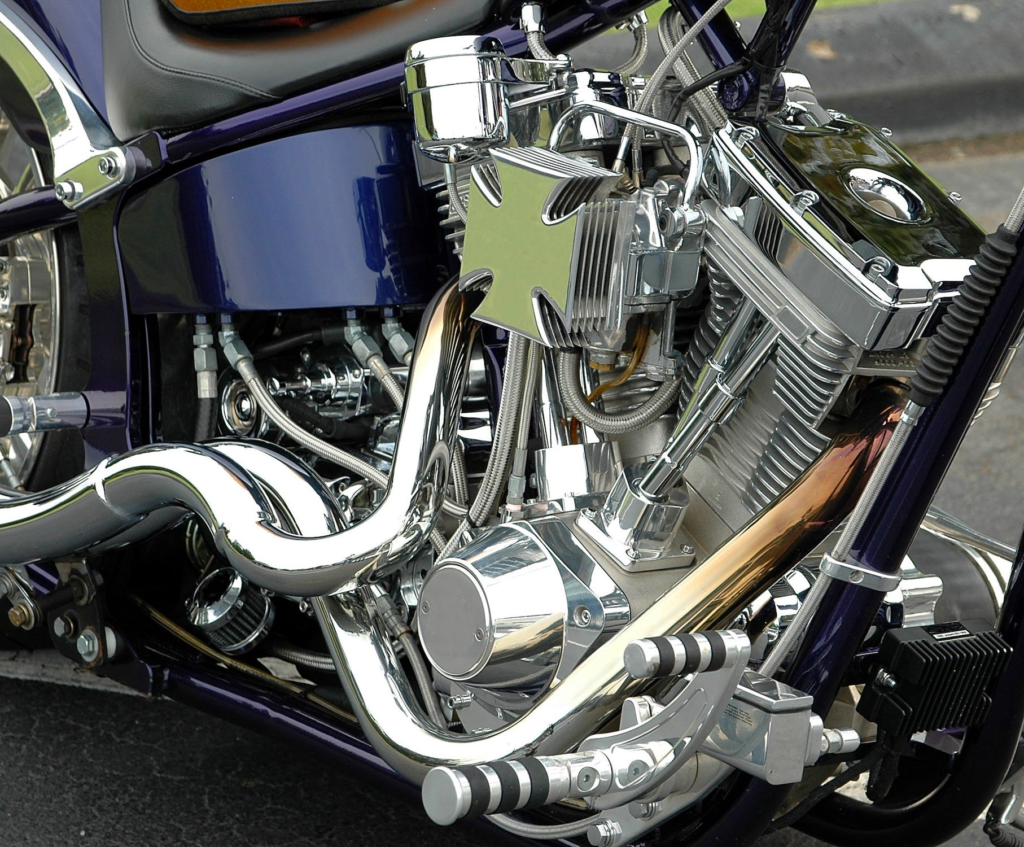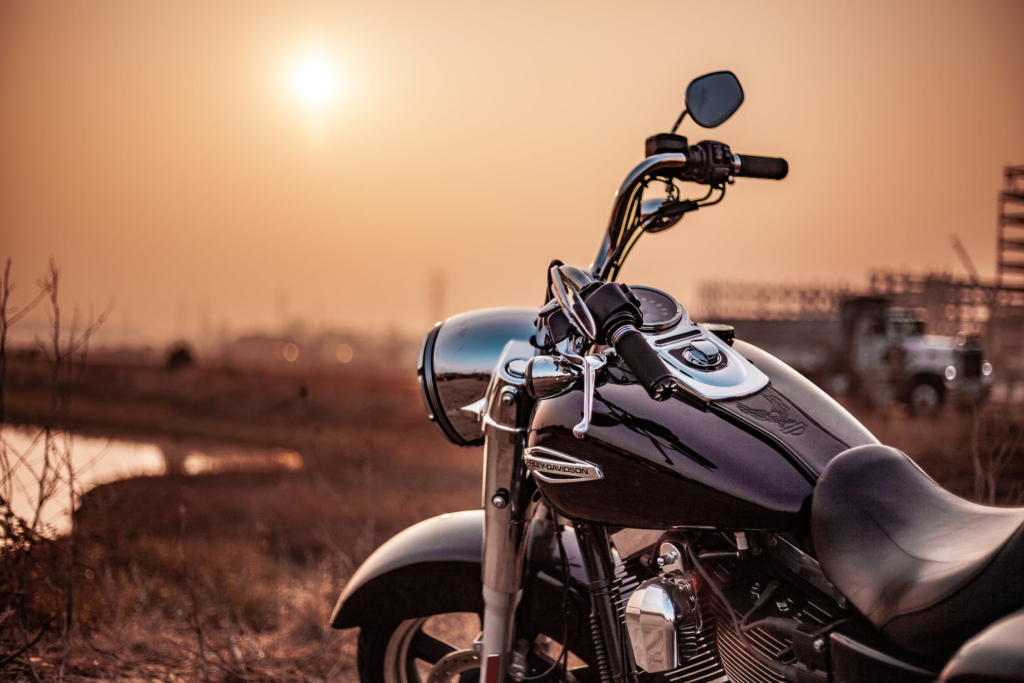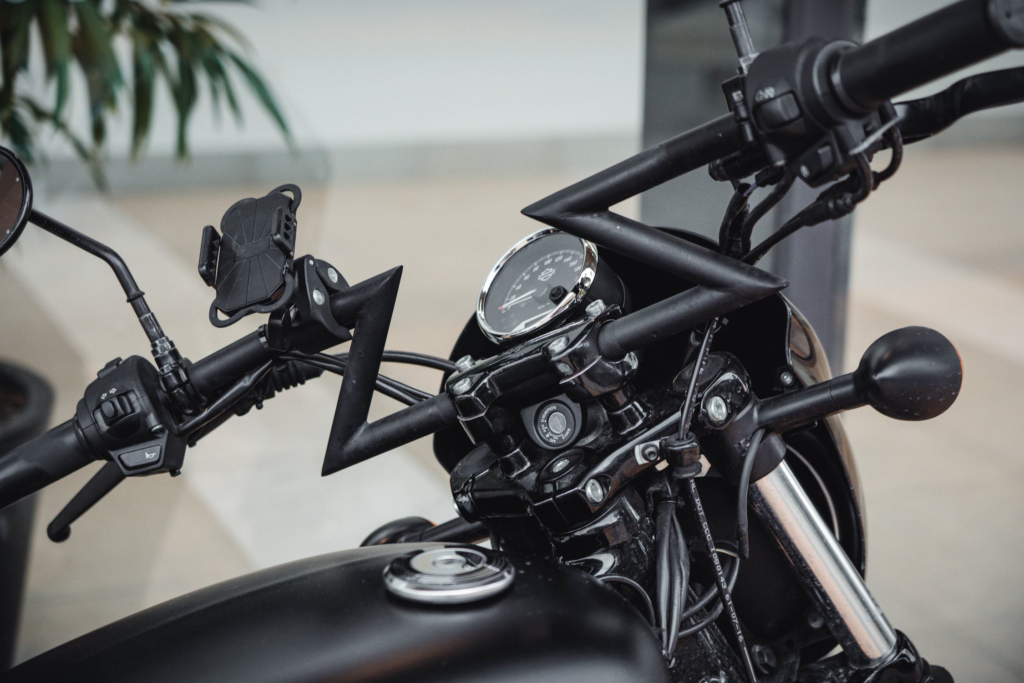How to Upgrade Your Bike and Boost Performance
Upgrading your bike components is a crucial venture that can have a significant impact on your overall performance. By replacing old or worn-out parts with newer, more advanced ones, you can experience enhanced speed, efficiency, and comfort during your rides. It’s like giving your trusty steed the necessary tools to reach its full potential.
The benefits of upgrading your bike go beyond just improving your performance. Upgrading can also lead to a smoother and more enjoyable cycling experience. You will feel the difference when your gears shift seamlessly, your brakes respond instantly, and your tires provide optimal traction and control. These small improvements can make a world of difference in your overall riding experience and motivation to push yourself further.
You may be wondering about the potential outcomes of these upgrades. Well, they can range from minor improvements to dramatic enhancements, depending on the components you choose to upgrade and your specific riding style. For example, upgrading your drivetrain can result in smoother gear transitions and increased efficiency. Upgrading your wheels can provide you with a lighter and more responsive ride. And upgrading your brakes can greatly enhance your stopping power and overall safety.
Ultimately, the key to successful bike upgrades lies in understanding your needs and goals as a cyclist. By identifying areas where you feel your current setup is lacking, you can target those specific components for improvement. However, it’s essential to keep in mind that not every component upgrade is necessary or suitable for everyone. Evaluating your current bike and consulting with a professional before making any changes is always a wise approach.
So, if you’re ready to take your riding experience to new heights, join us on this informative journey as we delve into the world of bike upgrades. Get ready to unlock the full potential of your bike and boost your performance on the road or trail. Let’s get started!
Assess Your Riding Style and Goals

Assessing your riding style and goals is a crucial step in upgrading your bike for maximum performance. Understanding the different riding styles, such as commuting, mountain biking, or road cycling, is essential as it determines the specific upgrades that will optimize your rides. Each riding style demands unique features and components to enhance your cycling experience.
Commute riders, for example, have different needs compared to those who enjoy tearing up trails on a mountain bike. Commuting typically involves shorter distances, frequent stops, and a focus on reliability and durability. Upgrading your bike with puncture-resistant tires, lights, and a comfortable saddle can make your daily commute smoother and safer. On the other hand, mountain bikers, who tackle rough terrains and steep trails, require upgrades like suspension forks, wider and knobby tires, and hydraulic disc brakes for improved control and handling.
Road cycling enthusiasts often prioritize speed, endurance, and efficiency, aiming to cover long distances in the shortest amount of time. For these riders, investing in lightweight components like carbon fiber frames, aero handlebars, and high-performance tires can significantly boost their overall riding experience. On the other hand, if your goal is to increase comfort during everyday rides or long-distance cycling, considering upgrades such as a suspension seatpost, ergonomic grips, and a more cushioned saddle may be more beneficial.
Ultimately, defining your personal goals is essential as it helps you narrow down the upgrades that will cater to your specific needs. Whether you’re looking to increase speed, ride longer distances, or simply enjoy a more comfortable ride, knowing your objectives will guide you in choosing the right enhancements.
If you’re unsure about your goals or riding style, take some time to evaluate what aspects of your cycling experience you find most important. Consider whether you prefer short or long rides, hilly or flat terrain, and the level of intensity you wish to achieve. Reflecting on these factors will not only help you define your goals but also allow you to choose upgrades that align with your riding style and aspirations.
Upgrading Bike Frames and Forks

One of the key areas to focus on is the bike frame and forks. These components play a crucial role in your overall riding experience, impacting your speed, control, and comfort. Let’s delve into the significance of bike frames and forks, as well as understand the different materials available and how they affect performance.
Bike frames are the backbone of your bicycle, carrying the weight of both yourself and the bike itself. They have a significant impact on the overall weight, stiffness, and durability of your ride. A lighter frame can make a dramatic difference in your ability to accelerate and climb hills effortlessly. On the other hand, a stiffer frame transfers power more efficiently, ensuring maximum energy is translated into speed. Lastly, durability is crucial, especially for off-road adventures or long-distance rides, as it determines how well your bike can handle rough terrains and absorb shocks.
When it comes to frame materials, there are three common options: carbon, aluminum, and steel. Carbon frames are celebrated for their lightweight properties, offering excellent stiffness and responsiveness. They are ideal for avid racers looking to shave off those extra seconds and maximize overall performance. However, they tend to be more expensive and may require special care to prevent damage.
Aluminum frames, on the other hand, strike a good balance between performance and affordability. They are known for their durability and stiffness, offering a smooth and efficient ride. While they may not be as lightweight as carbon frames, they are a popular choice among recreational riders and entry-level cyclists. They provide a sturdy yet agile feel on the road, making them perfect for riders seeking versatility.
Steel frames, though heavier than carbon and aluminum, have their own allure. They offer a more comfortable ride, absorbing road vibrations and providing a smooth experience. Steel frames are known for their durability, making them a preferred choice for touring or commuting bikes. Additionally, they are often more affordable compared to carbon or aluminum frames, making them appealing to budget-conscious cyclists.
In addition to upgrading your bike frame, choosing the right fork is equally important. The fork plays a vital role in determining the overall comfort and handling of your bike. A good fork will help soak up bumps in the road, providing a smooth ride. It also significantly impacts your bike’s handling, influencing how it responds to steering inputs and corners. Selecting a fork with the appropriate amount of travel and stiffness can greatly enhance your overall riding experience, whether you’re exploring mountain trails or cruising on city streets.
Maximizing Performance with Drivetrain Upgrades

When it comes to maximizing the performance of your bike, upgrading your drivetrain components can make all the difference. The drivetrain consists of crucial components like the chain, cassette, crankset, and derailleurs, each playing a vital role in optimizing your bike’s performance. These components work together to ensure smooth shifting, efficient power transfer, and overall improved riding experience.
Let’s start by understanding the role of each drivetrain component. The chain is responsible for transferring power from your pedals to the rear wheel, so a high-quality chain is essential for efficient power transfer. The cassette, which is a cluster of gears on the rear wheel, determines the range of gear ratios available to you. The crankset, consisting of the chainrings attached to your pedals, plays a key role in converting your leg movement into forward motion. Lastly, the derailleurs are responsible for shifting the chain between different gears, allowing you to adapt to varying terrains and riding conditions.
Now, you may be wondering why upgrading to a higher-quality drivetrain system is beneficial. Well, the answer lies in the improved performance and durability that these upgrades offer. High-quality drivetrain components are typically made with lighter and stiffer materials, resulting in reduced weight and increased power transfer efficiency. Additionally, these components are designed to withstand higher levels of stress, meaning they will last longer and require less maintenance over time.
When it comes to choosing the right gear ratio for your riding style and terrain, there are a few things to consider. Firstly, your riding style will dictate whether you prefer a more aggressive, high-speed riding or a more relaxed, comfortable ride. A wider gear ratio gives you a greater range of options, allowing you to find the perfect gear for any situation. Secondly, the terrain you ride on plays a significant role in determining the ideal gear ratio. For hilly terrains, a lower gear ratio with more climbing options would be beneficial, while flat terrains may require a higher gear ratio for maximum speed.
To make the right decision, it’s always a good idea to consult with a professional bike mechanic or experienced cyclists who can provide valuable insights based on their own experiences. They can help you analyze your riding style, terrain, and goals to recommend the most suitable gear ratio for your needs.
Enhancing Stopping Power with Brakes and Wheels

Enhancing stopping power is crucial for both safety and performance when it comes to cycling. Having a reliable braking system is essential, especially for new cyclists who may not be accustomed to controlling their speed. Upgrading the brakes on your bike can significantly improve your ability to stop quickly and effectively, giving you better control and peace of mind.
There are two main types of brakes to consider when upgrading your bike: rim brakes and disc brakes. Rim brakes, as the name suggests, work by applying friction to the rim of the wheel when you squeeze the brake levers. They are commonly found on road bikes and are known for their lightweight design and simplicity.
On the other hand, disc brakes are becoming increasingly popular in the cycling world. These brakes utilize a disc attached to the hub of the wheel, which is gripped by brake pads when you engage the brake levers. Disc brakes provide enhanced stopping power and perform better in wet and muddy conditions compared to rim brakes. They offer consistent and reliable braking, regardless of the weather or the condition of your rims. This makes them a great choice for those who venture off-road or ride in variable weather conditions.
Apart from brakes, upgrading your wheels can also have a significant impact on overall biking performance. Lighter wheels can reduce rotational mass, making it easier to accelerate and climb hills. They also provide a more responsive and agile feel to your bike, allowing you to maneuver with ease. When it comes to aerodynamics, sleeker wheels can minimize wind resistance, enabling you to ride at higher speeds with less effort.
Investing in a good set of wheels can make a noticeable difference to your riding experience, particularly if you’re serious about improving your overall performance. Whether you’re looking for smoother rides on paved roads or tackling challenging terrains, upgrading your wheels can enhance your bike’s performance and help you achieve your cycling goals.
Improving Comfort and Efficiency with Handlebars, Saddles, and Tires

There are a few key components that can make a substantial difference in both comfort and efficiency: handlebars, saddles, and tires. These three elements are often overlooked by new cyclists, but they play a crucial role in enhancing your overall riding experience.
Let’s start by discussing handlebars. The type of handlebars you choose can greatly impact your riding position. There are various options available, each designed to cater to different preferences and styles of riding. Drop bars, for example, are commonly found on road bikes and provide a low, aerodynamic riding position. This can help reduce wind resistance and increase your speed. On the other hand, flat handlebars are typically seen on mountain bikes and offer a more upright riding position, which may be more comfortable for casual rides or off-road adventures.
Moving on to saddles, selecting the right one is essential for a comfortable ride. The perfect saddle will vary depending on individual preferences and the type of cycling you engage in. For road cycling, narrower saddles with minimal padding may be preferred to allow for better power transfer and a more streamlined position. On the other hand, for recreational cyclists or those who enjoy long rides, a wider saddle with more cushioning might provide the necessary comfort and support.
Now, let’s talk about tires. Having suitable tires is essential for optimal traction, rolling resistance, and puncture protection. The type of tires you choose can significantly impact your overall performance on the road or trail. For road cycling, slick or semi-slick tires are popular due to their low rolling resistance, allowing for faster speeds and better efficiency on smooth surfaces. In contrast, mountain bikers often opt for wider, knobby tires with aggressive tread patterns, providing grip and stability on uneven terrain.
In addition to the tread pattern, tire pressure is also crucial. By inflating your tires to the recommended pressure, you can improve efficiency and reduce the risk of flats. It’s essential to strike a balance between too low and too high pressure, as both can negatively affect your ride quality.
Conclusion
In conclusion, the journey to upgrading your bike and boosting your performance goes beyond simply purchasing the latest components. It is crucial for new cyclists to carefully evaluate their specific needs and consult with professionals who can guide them towards the best upgrades for their goals and budget. By seeking expert advice, you can ensure that the upgrades you invest in will truly enhance your cycling experience.
However, it is equally important to remember that upgrades alone are not enough to guarantee peak performance. Regular maintenance and proper bike setup play a pivotal role in ensuring optimal performance. Take the time to familiarize yourself with the best practices for cleaning and lubricating your bike, as well as adjusting your saddle height, handlebar position, and tire pressure. These seemingly small adjustments can make a world of difference not only in your bike’s performance but also in your comfort and safety while riding.
Whether you are aiming to conquer challenging terrains or simply looking to enjoy smooth and efficient rides, upgrading your bike can be a thrilling and rewarding process. By taking the time to carefully consider your needs, seeking professional advice, and maintaining your bike regularly, you will be well on your way to experiencing heightened performance and overall cycling enjoyment. So, don’t hesitate and gear up for an exciting journey towards unlocking the true potential of your beloved bike!
